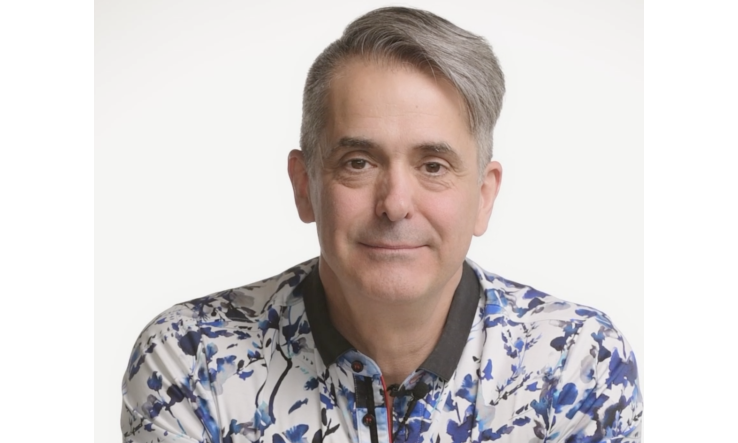Vitamin C
Vitamin C is the star vitamin of Linus Pauling , a two-time Nobel Prize-winning chemist. All mammals, with three exceptions (primates, guinea pigs, and some bats), produce ascorbic acid from sugar (via glucoronolactone). Dogs, for example, produce about 18 g of ascorbic acid per day. This is the dose that Linus Pauling took every day (in powder form) until his death at the age of 93. https://orthomolecular.org/resources/omns/v05n09.shtml
Controversies
Health Canada has set the dose limit at 2,000 mg per day because vitamin C is dangerous at higher doses.
This limit should be written as 2,000 mg per dose because, from this dose, the risk of loose stools increases. This is why naturopaths recommend taking 1,000 mg every hour, until saturation (determined by the appearance of diarrhea, which they call a vitamin C flush ). Then, they consider the daily dose that is appropriate for the person to be the one taken until the appearance of the flush, minus one gram.(1)
Vitamin C causes kidney stones
This is a myth that has a long life. In fact, it is true that vitamin C metabolism produces oxalates. However, the link between high-dose vitamin C consumption (3,000 mg/day and above) is simply not there.(2) In cohort studies where data are obtained by questionnaires, a trend can be seen.(3) However, it must be remembered that questionnaires are at the very least… questionable.(4) The controversy remains.
Vitamin C does not treat or prevent the common cold
In fact, in people who are stressed or overtrained, 1,000 mg/day (or more) can have an antiviral effect. Orthomolecular and functional medicine doctors always recommend very high doses of vitamin C.(5-8)
Vitamin C prevents and treats cancer
It is true that protocols in which intravenous vitamin C was given at very high doses (75 to 200 g/day) have reportedly shown effects on cancer, but the evidence is not sufficient. Moreover, cancer cannot be treated with a single substance, natural or otherwise.
Indications and doses
- The RDA is 75 mg for women and 90 mg for men.
- According to Michels and Frei, the amount needed to achieve white blood cell saturation (and therefore the intake they recommend) is 200 mg/day.(9)
- Stress/overtraining and susceptibility to colds: 1,000 to 1,500 mg/day.(10)
- Anti-aging and anti-wrinkle (oral): 1,000 mg and more.(11)
Precautions
Doses of several grams per day may have some interactions. Usual doses do not. However, several medications (such as birth control pills) decrease vitamin C levels.
Types of products available
Forms: tablets, capsules, effervescent (in sachets or tablets).
Sachet formulas containing 1,000 mg of vitamin C + electrolytes + B vitamins are very popular (e.g., Emergen-C).
References – vitamin C
1. Cathcart RF. Vitamin C, titrating to bowel tolerance, anascorbemia, and acute induced scurvy . Medical Hypotheses , 7:1359-1376, 1981.
2. Curhan GC, Willett WC, Speizer FE, Stampfer MJ. Intake of vitamins B6 and C and the risk of kidney stones in women . J Am Soc Nephro l. 1999 Apr;10(4):840-5. PubMed PMID: 10203369.
3. Thomas LD, Elinder CG, Tiselius HG, Wolk A, Akesson A. Ascorbic acid supplements and kidney stone incidence among men: a prospective study . JAMA Intern Med . 2013 Mar 11;173(5):386-8. doi: 10.1001/jamainternmed.2013.2296. PubMed PMID: 23381591.
4. Explanation and commentary on the study by Thomas et al.: What Really Causes Kidney Stones . Orthomolecular Medicine News Service , February 11, 2013
5. Saul A.W. Vitamin C As An Antiviral: It's All About Dose . Orthomolecular Medicine News Service , December 3, 2009
6. Smith RG. Flu, Viruses, and Vitamin C Megadoses: A Personal Statement . Orthomolecular Medicine News Service , November 17, 2009
7. Douglas RM, Hemilä H, Chalker E, Treacy B. Vitamin C for preventing and treating the common cold . Cochrane Database Syst Rev. 2007 Jul 18;(3):CD000980. Review. PubMed PMID: 17636648.
8. Roxas M, Jurenka J. Colds and influenza: a review of diagnosis and conventional, botanical, and nutritional considerations. Altern Med Rev. 2007 Mar;12(1):25-48. Review. PubMed PMID: 17397266.
9. Michels AJ, Frei B. Myths, Artifacts, and Fatal Flaws: Identifying Limitations and Opportunities in Vitamin C Research . Nutrients . 2013, 5(12), 5161-5192; doi:10.3390/nu5125161
10. Peters EM, Anderson R, Nieman DC, Fickl H, Jogessar V. Vitamin C supplementation attenuates the increases in circulating cortisol, adrenaline and anti-inflammatory polypeptides following ultramarathon running . Int J Sports Med . 2001 Oct;22(7):537-43. PubMed PMID: 11590482.
11. Eskurza I, Monahan KD, Robinson JA, Seals DR. Effect of acute and chronic ascorbic acid on flow-mediated dilatation with sedentary and physically active human aging . J Physiol . 2004 Apr 1;556(Pt 1):315-24. Epub 2004 Jan 30. Erratum in: J Physiol . 2004 May 1;556(Pt 3):1014. PubMed PMID: 14754992; PubMed Central PMCID: PMC1664895.


































































Leave a comment